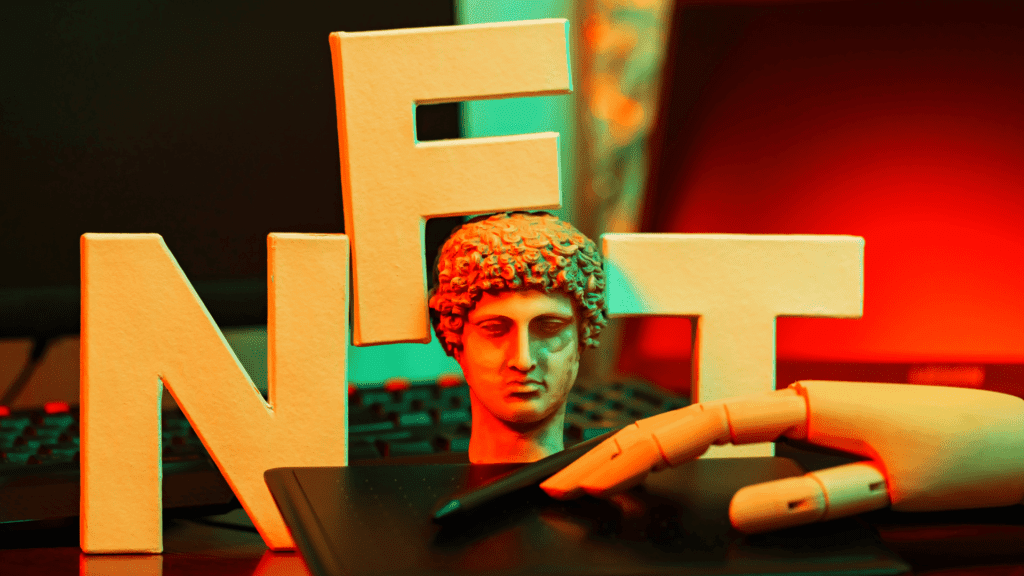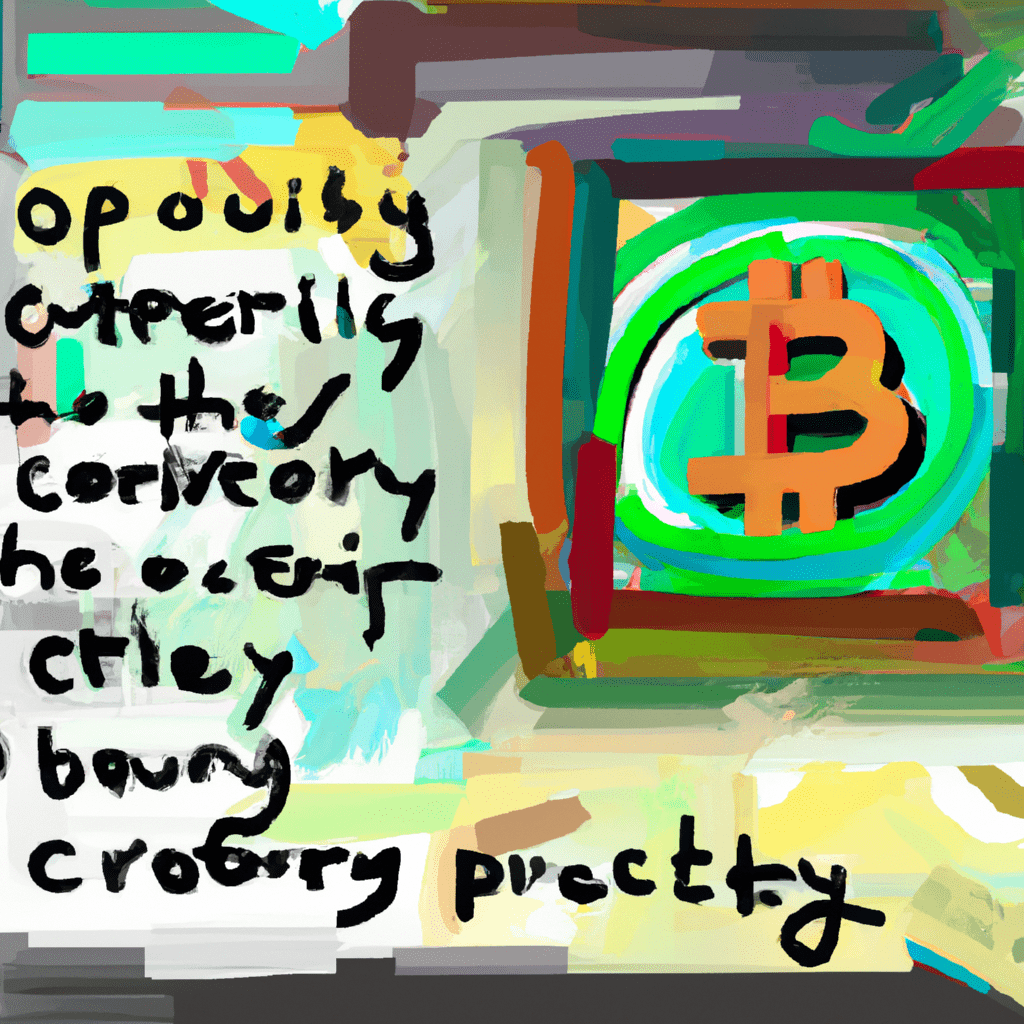
Introduction
Beeple’s success with non-fungible tokens (NFTs) has sent shockwaves throughout the digital art landscape. His groundbreaking achievements have transformed the perception of digital art and brought it into the mainstream. In this blog post, we will discover the transformative impact of Beeple’s groundbreaking achievements in the world of digital art and non-fungible tokens (NFTs). We will also delve into the inspiring journey of Beeple (Mike Winkelmann) and explore how his NFT breakthrough has revolutionized the perception of digital art, propelling it into the mainstream.
Who is Beeple?

Beeple, also known as Mike Winkelmann, is a digital artist who has made significant strides in the art world. With a passion for computer-generated art, Beeple has been creating captivating visuals for over a decade. Prior to his NFT success, he had already garnered recognition for his innovative work and amassed a dedicated following.
Beeple’s NFT Breakthrough

Beeple’s pivotal moment came with the creation of “The First 5000 Days,” an ambitious artwork that captured the essence of his artistic evolution. This NFT masterpiece encapsulated a collage of 5,000 individual artworks created daily by Beeple over a span of 13 years. The significance of this groundbreaking piece lay not only in its artistic value but also in its entry into the world of NFTs.
To showcase the power and potential of NFTs, Beeple decided to auction “The First 5000 Days” through Christie’s, a renowned auction house. This move marked a significant shift in the perception of digital art and the acceptance of NFTs as a legitimate medium for artistic expression.
Analysis of Beeple’s NFT Success
Beeple’s success in the NFT space can be attributed to several key factors. Firstly, the timing of his entry into the market played a crucial role. Beeple’s decision to embrace NFTs coincided with the exponential growth and increasing popularity of this digital asset class.
Additionally, Beeple’s unique artistic style resonated with the digital art community. His ability to create visually stunning and thought-provoking artworks captured the attention and admiration of collectors and enthusiasts alike. Through his social media presence and online engagement, Beeple built a strong following, further propelling his NFT success.
Impact on the NFT Market
Beeple’s groundbreaking achievements acted as a catalyst for the widespread adoption and recognition of NFTs. His record-breaking sale at Christie’s garnered significant media attention and drew the interest of artists, collectors, and investors worldwide. The success of “The First 5000 Days” not only elevated Beeple’s status but also put NFTs firmly in the spotlight, sparking a frenzy of creativity and investment in the NFT market.
Beeple’s Continued Success and Future Prospects:
Since the unprecedented success of “The First 5000 Days,” Beeple has continued to push boundaries and explore new horizons in the NFT space. Collaborations with prominent brands, musicians, and celebrities have expanded his reach and solidified his position as a leading figure in the digital art world. Beeple’s influence extends beyond the realm of NFTs, as he continues to redefine the boundaries of art and technology.
Lessons Learned from Beeple’s Journey
Beeple’s journey provides valuable lessons for aspiring artists and creators. His relentless pursuit of artistic passion, coupled with a willingness to embrace new technologies, has been instrumental in his success. Beeple’s story serves as a reminder that art is not confined to traditional mediums and that embracing innovation can open doors to unprecedented opportunities.
Conclusion
Beeple’s meteoric rise within the NFT space has reshaped the art world and challenged conventional notions of creativity and ownership. His remarkable success story serves as inspiration for artists, collectors, and enthusiasts, highlighting the immense potential of NFTs in revolutionizing the way we perceive and engage with art. With each new creation, Beeple continues to push boundaries and pave the way for future generations of digital artists, leaving an indelible mark on the art industry as a whole.





